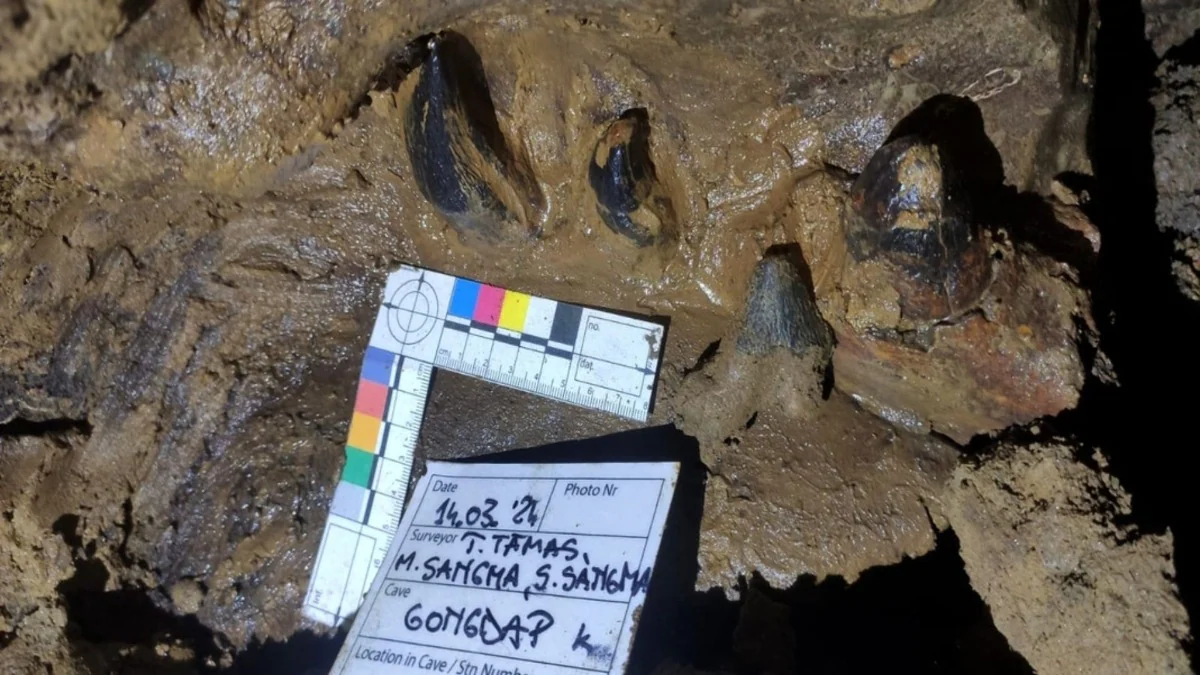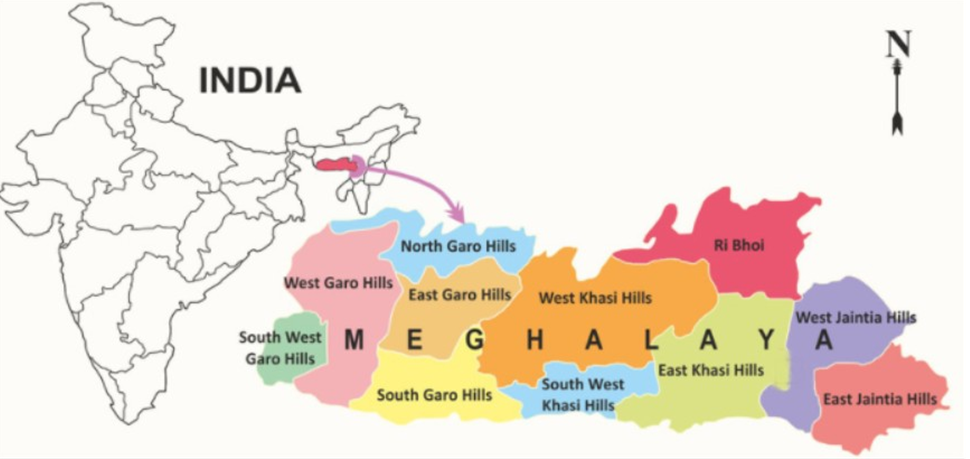Free Courses Sale ends Soon, Get It Now


Free Courses Sale ends Soon, Get It Now



Copyright infringement not intended
Picture Courtesy: https://www.indiatodayne.in/meghalaya/story/meghalaya-gsi-unearths-40-million-year-old-fossils-in-south-garo-hills-996981-2024-05-02
Context: The Geological Survey of India (GSI) has discovered ancient fossils in Tolegre, South Garo Hills, Meghalaya.
Key Highlights
About Geological Survey of India (GSI)
Functions
Key Activities
|
The Geological Survey of India actively engages with international geoscientific organizations and forums, promoting scientific cooperation and knowledge-sharing. It represents India in global discussions on earth sciences, mineral resources, and environmental issues. |
About Garo Hills
|
Shillong Plateau ●The Shillong Plateau is situated in eastern Meghalaya, forming the highest part of the hill mass that dominates the state. ●It is characterized by rolling terrain and is surrounded by: the Garo Hills to the west, the Khasi Hills to the north, and the Jaintia Hills to the south. ●This plateau is an extension of the peninsular plateau of India, composed primarily of ancient rocks. ●The Shillong Plateau is rich in natural resources, including reserves of coal, iron ore, and limestone. Coal mining and limestone quarrying are important economic activities in the region. ●The Shillong Plateau and its surrounding hills are home to various indigenous communities, including the Khasi, Garo, and Jaintia tribes. |

Source:
|
PRACTICE QUESTION Q. Mountain communities depend on tourism for economic development. However, increased tourism can strain resources and damage fragile ecosystems. How to achieve a sustainable balance between economic growth from tourism and environmental protection in mountain regions. |
© 2024 iasgyan. All right reserved